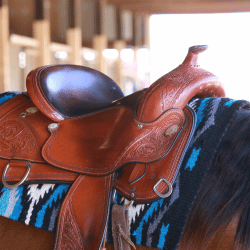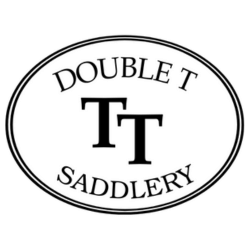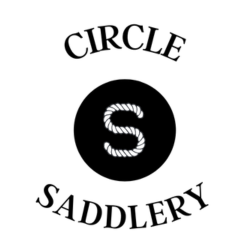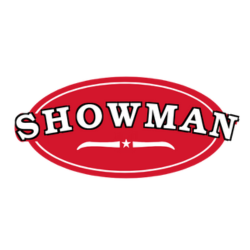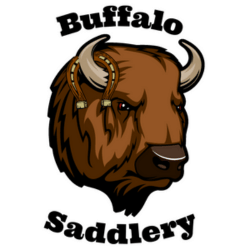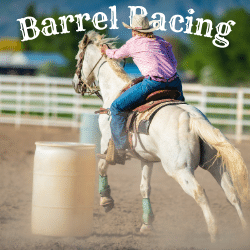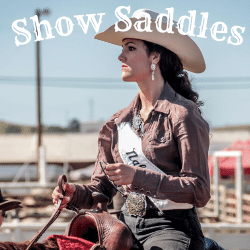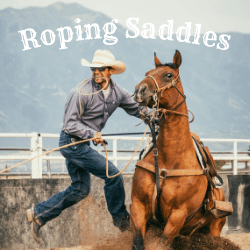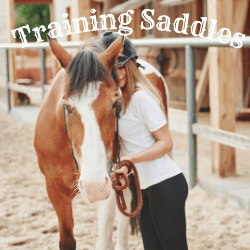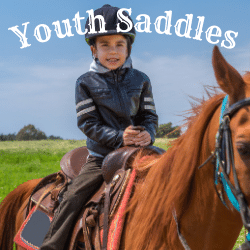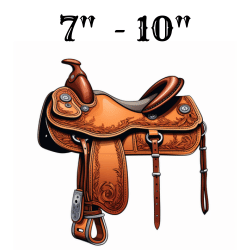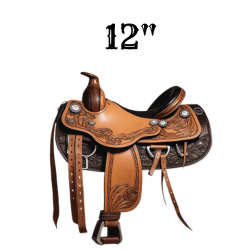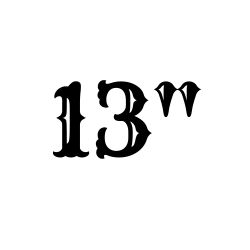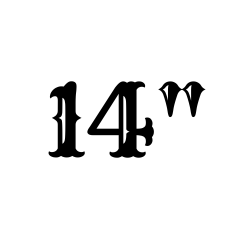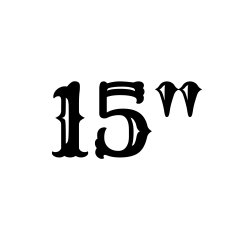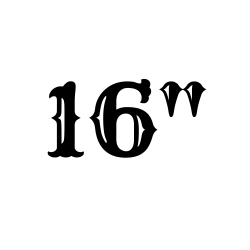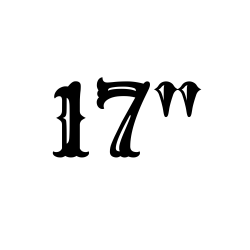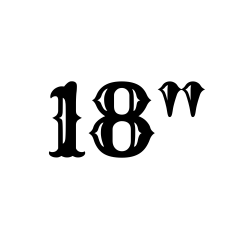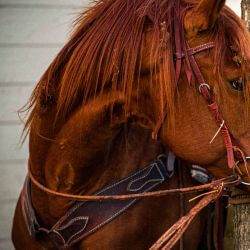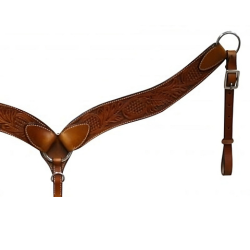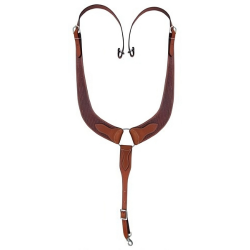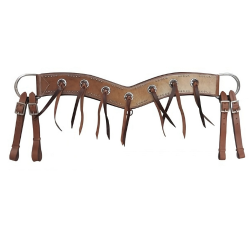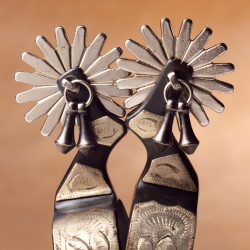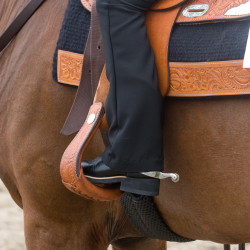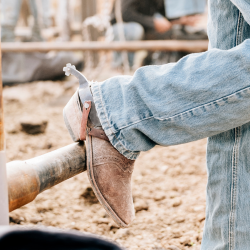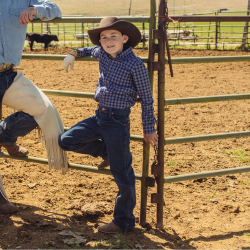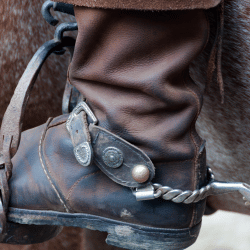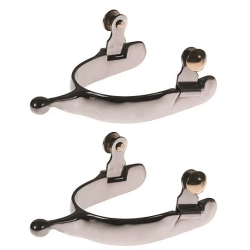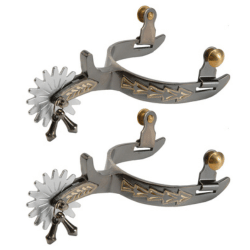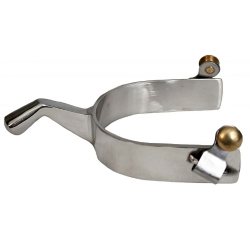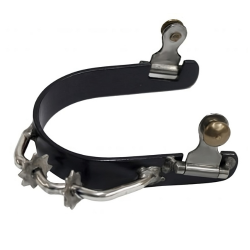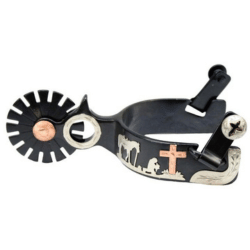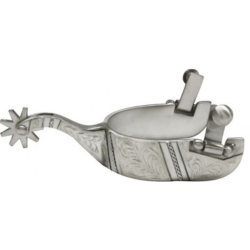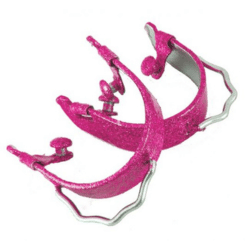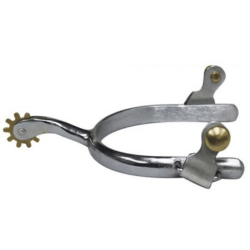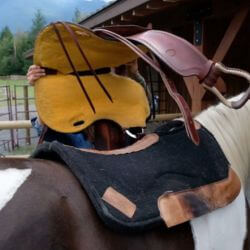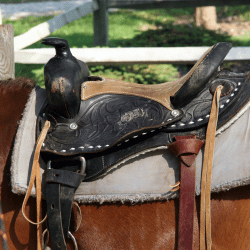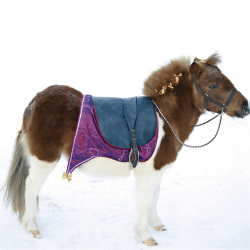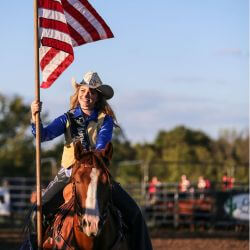If you're a horse owner or rider, you know how important it is to have the right equipment for your horse. One piece of equipment that is often overlooked but plays a crucial role in ensuring the safety and comfort of your horse is the breast collar. Whether you're a trail rider, a competitive rider, or use your horse for ranch work, understanding, selecting, and using a breast collar properly is essential.
In this blog post, we will delve into the basics of breast collars for horses, exploring the different types and their uses. We will discuss the importance of choosing the right breast collar for your horse based on factors such as the type of riding you do, the correct size, and the right material. Additionally, we will guide you through the process of properly fitting and attaching a breast collar to your horse to ensure optimal comfort and safety.
Maintaining and caring for your breast collar is equally important, so we will provide valuable tips on cleaning, inspecting for wear and tear, and proper storage and handling. Lastly, we will discuss when it's time to replace your breast collar to ensure your horse's well-being.
Whether you're a seasoned equestrian or a beginner rider, this blog post will equip you with the knowledge and understanding needed to make informed decisions when it comes to selecting and using a breast collar for your horse. So, let's dive in and explore the world of breast collars and why they are an essential piece of equipment for your horse.
Breast Collar Basics: What it is and Why it's Important
A breast collar is a piece of horse tack that is designed to prevent the saddle from sliding back on the horse's back. It consists of a strap that runs across the chest of the horse, attaching to the saddle on either side. Breast collars are commonly used in various riding disciplines, including trail riding, ranch work, and even in some show disciplines.
The primary purpose of a breast collar is to provide stability and security to the saddle. By preventing the saddle from shifting backward, it helps to maintain balance and control while riding. This is particularly important when riding on uneven terrain or engaging in activities that require sudden stops or changes in direction.
Another significant benefit of using a breast collar is that it helps distribute the weight of the saddle and rider more evenly across the horse's chest and shoulders. This can help alleviate pressure points and reduce the risk of discomfort or injury to the horse.
Breast collars also serve as a safety measure, especially when riding steep inclines or when navigating challenging obstacles. They provide an additional point of attachment for the reins, allowing the rider to have better control over the horse's movements.
In summary, a breast collar is a vital piece of equipment for any horse rider. It not only helps to keep the saddle in place but also provides stability, weight distribution, and increased safety. Understanding the basics of a breast collar and its importance will guide you in selecting the right one for your horse and ensure a more comfortable and secure riding experience.
Different Types of Breast Collars and Their Uses
Breast collars come in various types, each designed for specific purposes and riding disciplines. Understanding the different types of breast collars and their uses will help you choose the right one that suits your riding style and needs. Let's explore the most common types:
Pulling Breast Collars
Pulling breast collars are commonly used in activities that require pulling heavy loads, such as draft work, pulling carriages, or logging. They are typically made of sturdy leather or synthetic materials and feature wide, padded straps that distribute the weight evenly across the horse's chest. Pulling breast collars often have adjustable tugs or traces that attach to the harness or vehicle, allowing the horse to use its full strength while pulling.
Roping Breast Collars
Roping breast collars are designed for riders who participate in roping events or work with cattle. They are crafted with durability in mind and are typically made from sturdy leather. Roping breast collars are wider in the center and taper towards the sides, providing adequate support and preventing the saddle from slipping during sudden stops or when roping cattle. Some roping breast collars may also feature additional rings or attachments for securing ropes or tying off cattle.
Tripping Breast Collars
Tripping breast collars, also known as working breast collars, are commonly used in ranch work and cattle roping activities. They are designed to provide stability and control during tight turns and sudden stops. Tripping breast collars typically have a wider center strap and narrower side straps, allowing for greater freedom of movement for the horse's legs. They are often made from durable leather and may come with adjustable buckles or snaps for easy attachment and removal.
Show Breast Collars
Show breast collars are specifically designed for horse shows and competitions, where appearance and style matter. They are typically more decorative and ornate, featuring intricate tooling, silver accents, and fancy stitching. Show breast collars can be made from a variety of materials, such as leather, synthetic materials, or even fabric. While they may not offer as much functionality as other types of breast collars, they still serve the purpose of keeping the saddle in place and adding a touch of elegance to the horse's appearance in the show ring.
Understanding the different types of breast collars and their specific uses will help you select the most appropriate one for your riding discipline and needs. Each type has its own unique features and benefits, ensuring your horse's comfort, stability, and safety during various activities.
How to Choose the Right Breast Collar for Your Horse
Choosing the right breast collar for your horse is essential to ensure a proper fit, comfort, and functionality. Here are some factors to consider when selecting a breast collar:
Consider the Type of Riding You Do
The type of riding discipline you engage in will influence the type of breast collar you need. If you primarily participate in trail riding or general riding, a standard breast collar may be suitable. However, if you engage in specific activities such as roping, draft work, or showing, you may require a specialized breast collar designed for those purposes. Consider the demands of your riding discipline to determine the appropriate style and features needed in a breast collar.
Selecting the Correct Size
Proper sizing is crucial to ensure a comfortable and secure fit for your horse. Measure your horse's chest circumference, typically just behind the withers, where the breast collar will sit. Ensure you measure with the horse standing square and relaxed. Refer to the manufacturer's sizing guidelines to select the appropriate size based on your horse's measurements. Keep in mind that some breast collars are adjustable, allowing for a more customized fit.
Choosing the Right Material
Breast collars can be made from various materials, including leather, nylon, or synthetic materials. Each material has its own advantages and considerations. Leather breast collars are durable and often preferred for their traditional look and feel. Nylon and synthetic breast collars are lightweight, easy to clean, and can withstand different weather conditions. Consider factors such as durability, maintenance, and personal preference when choosing the material for your breast collar.
Evaluating the Construction and Hardware
Examine the construction and hardware of the breast collar to ensure durability and functionality. Look for strong stitching, reinforced areas, and quality hardware such as buckles, snaps, or rings. Check that the buckles and snaps are easy to use and secure when fastened. Avoid breast collars with weak or flimsy hardware that may pose a safety risk or compromise the integrity of the collar.
Considering Comfort and Fit for Your Horse
The comfort and fit of the breast collar are paramount for your horse's well-being. Look for breast collars with padded or contoured straps that reduce pressure points and increase comfort. Ensure that the breast collar does not restrict the horse's movement or rub against the skin. A properly fitting breast collar should sit snugly against the chest without causing discomfort or impeding the horse's breathing or shoulder movement.
By considering the type of riding, selecting the correct size, choosing the right material, evaluating the construction and hardware, and prioritizing comfort and fit, you can choose the right breast collar for your horse. Taking the time to find the appropriate breast collar will not only enhance your horse's comfort but also contribute to the overall safety and enjoyment of your riding experience.
How to Properly Fit and Attach a Breast Collar
Properly fitting and attaching a breast collar is crucial to ensure the safety and comfort of your horse. Here are the steps to follow:
Finding the Proper Fit
- Start by adjusting the breast collar to the correct size based on your horse's measurements. Ensure that it is not too loose or too tight.
- Place the breast collar on your horse's chest, positioning it just behind the shoulder blades (scapulae). The center strap should rest in the middle of the horse's chest, with the side straps sitting parallel to the horse's shoulder.
- Check that the breast collar sits snugly against the horse's chest without causing discomfort or restricting movement. It should neither slide too far forward nor be too loose to be ineffective.
Attaching the Collar to Your Horse
- With the breast collar properly positioned, attach the tugs or straps to the saddle's D-rings or breast collar dee rings. Ensure that the attachment points are secure and properly aligned.
- Adjust the length of the tugs or straps to achieve an even and balanced fit. The breast collar should exert equal pressure on both sides, without pulling the saddle too far forward or restricting the horse's movement.
- Fasten any buckles, snaps, or closures on the breast collar to secure it in place. Ensure that they are properly tightened, but not overly tight to prevent discomfort or impede the horse's breathing.
Adjusting for Comfort and Safety
- Check the fit of the breast collar once it is attached. Make sure there is enough clearance around the horse's shoulders and that the collar does not interfere with the horse's movement or rub against the skin.
- Observe your horse's behavior and movement during a short trial walk or ride. Watch for any signs of discomfort, such as excessive sweating, resistance, or irritation.
- Make any necessary adjustments to the fit or positioning of the breast collar to ensure optimal comfort and freedom of movement for your horse.
Proper fitting and attachment of the breast collar is essential for its effectiveness. Taking the time to follow these steps will help prevent discomfort, rubbing, and potential injuries to your horse. Regularly check the fit of the breast collar and make adjustments as needed, especially if your horse's weight or body shape changes over time. Remember, a well-fitted breast collar contributes to the overall safety and comfort of your horse during riding activities.
Maintaining and Caring for Your Breast Collar
Proper maintenance and care for your breast collar will help ensure its longevity, functionality, and safety. Here are some essential tips for maintaining and caring for your breast collar:
Cleaning Your Breast Collar
Regular cleaning is important to remove dirt, sweat, and debris that can accumulate on your breast collar. Follow these steps to clean your breast collar:
- Remove any attachments or hardware from the breast collar, such as buckles or snaps.
- Use a damp cloth or sponge to wipe down the entire surface of the breast collar, paying special attention to areas that come into contact with the horse's skin.
- For tougher stains or dirt buildup, use a mild soap or leather cleaner specifically formulated for use on horse tack. Follow the manufacturer's instructions for application and cleaning.
- Rinse the breast collar thoroughly with clean water to remove any soap residue.
- Allow the breast collar to air dry completely before reattaching any hardware or storing it.
Regular Inspections for Wear and Tear
Regularly inspect your breast collar for signs of wear and potential damage. Check for the following:
- Examine the stitching and seams for any fraying, loose threads, or signs of weakness. Reinforce or repair any damaged areas promptly.
- Inspect the hardware, such as buckles, snaps, or rings, for signs of rust, wear, or malfunction. Replace any faulty or damaged hardware to ensure proper functionality.
- Check the overall condition of the leather or material. Look for cracks, splits, or areas of excessive wear. Treat the leather with a conditioner or oil to keep it supple and prevent drying out.
Proper Storage and Handling
How you store and handle your breast collar can significantly impact its lifespan. Follow these guidelines:
- Store your breast collar in a clean and dry area, away from direct sunlight or extreme temperatures. Excessive heat or moisture can damage the leather or cause mold and mildew to develop.
- Avoid hanging the breast collar on hooks or racks that can create pressure points or deform the shape of the collar. Instead, lay it flat or roll it up gently for storage.
- Keep the breast collar away from sharp objects or rough surfaces that can cause scratches or punctures.
- Avoid placing heavy objects on top of the breast collar, as this can cause it to lose its shape or become damaged.
When to Replace Your Breast Collar
Despite proper maintenance, there may come a time when your breast collar needs to be replaced. Consider the following factors:
- Excessive wear or damage that compromises the integrity of the breast collar, such as significant cracking, splitting, or broken hardware.
- Changes in your horse's weight, body shape, or tack requirements that necessitate a different size or style of breast collar.
- If the breast collar no longer fits properly or causes discomfort to your horse, despite adjustments.
- Outdated or unsafe design that does not meet current safety standards.
Regular maintenance and proper care will extend the life of your breast collar and ensure its continued functionality and safety. By following these guidelines, you can enjoy a well-maintained and reliable breast collar for your horse.

